Apr 11, 2025
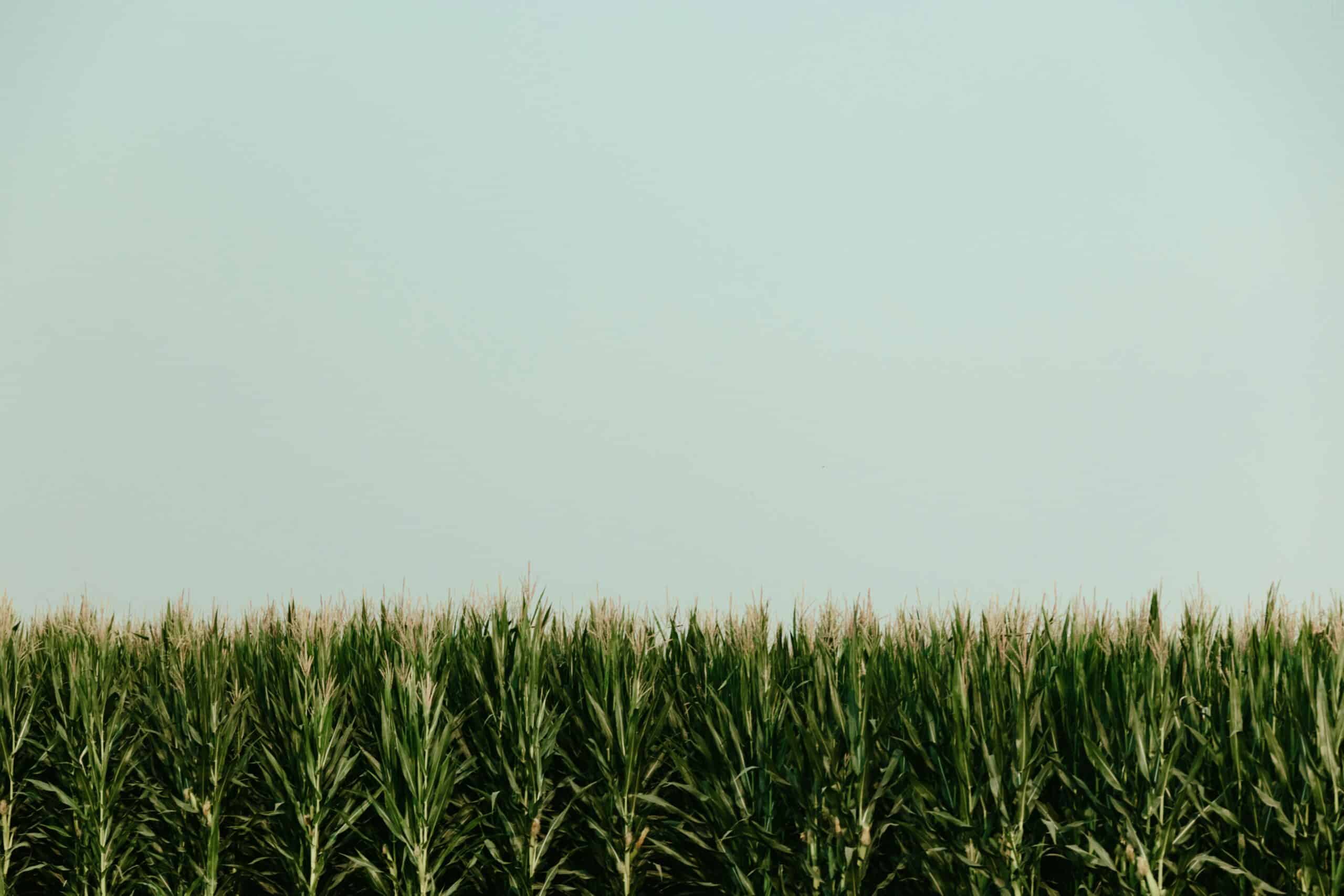
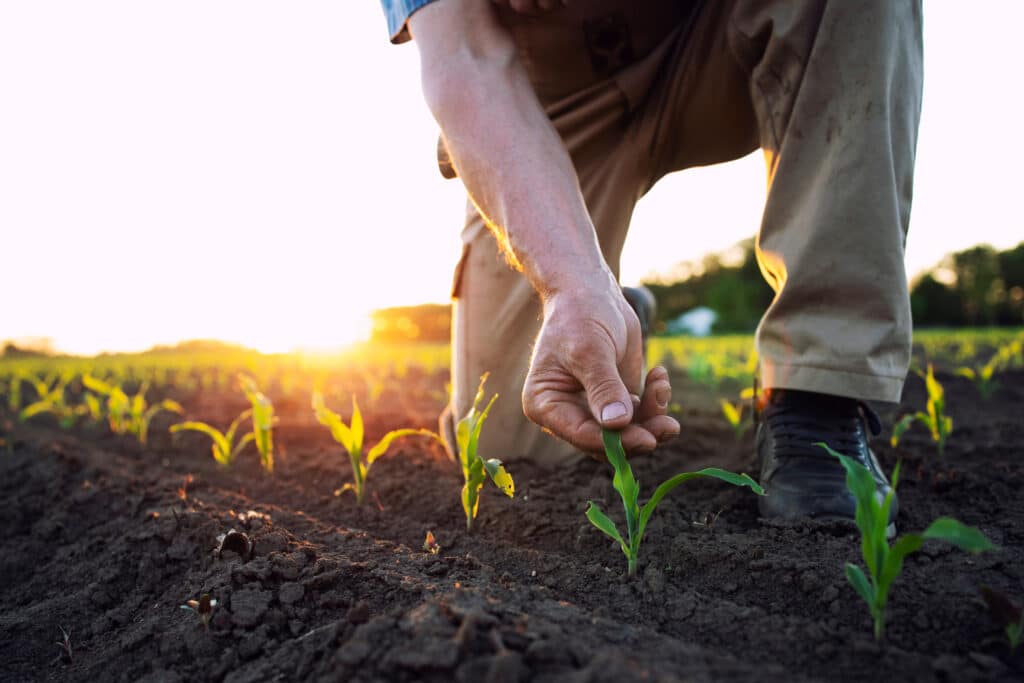
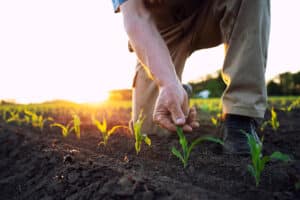
In 2016, we were featured in California Ag Today stating that we believed microalgae was the future of farming. Eight years later, we’re still certain microalgae holds the key to improving soil health and crop yield potential for growers.
Given that soil is a finite resource, and much of the earth’s soil is depleted, growers are looking for ways to support their soil health. But growers are up against more challenges than one. They also have to feed more people than ever before, despite the fact farmlands are shrinking due to urban sprawl and population growth. So, growers must find a way to make the most of the soil they already have.
Using microalgae on your farm, or a superfood for microbes like PhycoTerra could help secure your farm’s legacy by improving soil health, increasing crop yield potential and creating a more food-secure world.
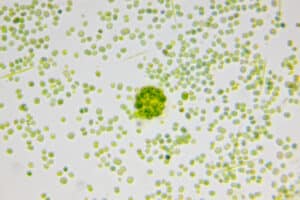
The short answer is yes, microalgae and macroalgae are different. Microalgae is a single-celled plant-like organism, not visible to the naked eye, whereas macroalgae, commonly known as seaweed or kelp can be seen by the human eye.
The long answer is also yes. Before we explain why microalgae is the secret to improving soil health and yield potential, we first want to make an important distinction. Microalgae is different from macroalgae and is not actually considered algae, but is classified as a phytoplankton.
While they both photosynthesize, microalgae and macroalgae differ in size, appearance, regeneration, agriculture applications and modes of action. Each resides in different habitats around the world. Both have unique benefits for soil and crop health.
Macroalgae, kelp, or algae is “polyphyletic, photosynthetic organisms, including a diverse group of species.” These are the kinds of algae you expect to see when swimming in the ocean and come in red, green or brown colors. They’re found in seawater, freshwater and on land. Unlike other plants, they do not have leaves, stems, or roots.
Currently, growers use macroalgae as a plant biostimulant to help mitigate plant stressors or promote plant growth.
Fun fact: Macro means ‘large’.
Microalgae or phytoplankton are single-celled plant-like organisms considered to be the origin of plant life and the base of the food web. They’re found in soil, freshwater and saltwater and come in blue-green, golden-brown and green colors. While macroalgae is an incredibly diverse species, there are even more types of microalgae than macro.
Microalgae can duplicate in 24 hours or less and are one of the most abundant, untapped renewable resources on the planet. They convert sunlight, water and carbon dioxide into biomass. Today, growers are using microalgae to feed the native microbes around the seed, in the soil and on the leaf to improve soil health and crop yield.
Fun fact: Micro means ‘small’.
The two main types of microalgae are dinoflagellates and diatoms. Both are a type of phytoplankton and need sunlight for survival.
Dinoflagellates grow slower and have a tail-like structure and a shell-like body.
Diatoms have the same shell-covered body, but it’s made of a different substance and they are more rigid.
Both can be easily mass produced, harvested and generated consistently. In fact, these microalgae have a harvest cycle between 1 to 10 days.
To make the most of your microalgae application, you’ll need to confirm the presence of soil microbes with a soil test. These microscopic organisms are integral for strengthening and supporting your soil. Your soil’s microbe presence should include a mix of fungi and bacteria. Both play an important role in creating healthy soil and healthy crops.
There are many ways soil microbes improve soil, including:
If beneficial microbes are left to starve in your soil, without the extra support, you could be missing out on all of these benefits. Luckily, microalgae is a solution to feed starving microbes.
75% of soil microbes in farm soils are dormant or inactive due to starvation. This is a survival technique when there isn’t enough food, nutrients or moisture in the soil. The long list of benefits mentioned above? None of them apply if your microbes are dormant.
Microalgae is ideal for feeding many different types of microbes. As a life form that photosynthesizes, they convert water, sunlight and carbon dioxide into oxygen and biomass (also known as organic matter). The oxygen and biomass contribute to the carbon cycle and produce a rich array of organic compounds like carbohydrates, proteins and lipids. These are then used as a food source to feed beneficial soil microbes.
Providing beneficial microbes a nutrient-rich carbon product, like PhycoTerra, feeds these critical microbes. Once fed, they’re able to get to work supporting your soil and your crops. Active microbes convert nutrients into forms more readily accessible to plants, like fixation of atmospheric nitrogen into ammonia or nitrate forms that plants can absorb through their roots.
Some studies also suggest microalgae “enhances plant growth, nutrient cycling, plant protection, productivity, and soil fertility.”
Beneficial microbes play an integral role strengthening and supporting your soil – but that’s not the only place beneficial microbes reside. Microalgae can feed beneficial microbes in the spermosphere, rhizosphere, phyllosphere and detritusphere.

PhycoTerra offers comprehensive support for your crops from seed to stubble. No matter what stage you’re at in the growing season, there’s a microalgae superior food source that can support microbes and, in turn, support your yield potential.
Your crops are most vulnerable to diseases and pests as seedlings. This is why many growers apply seed treatments. Whether you protect your seeds with fungicides, herbicides or pesticides, you can also support beneficial microbes in the spermosphere.
The spermosphere is a 2-mm to 12-mm area around the seed. It’s your seed’s first interaction with the real world, and while short-lived it’s important for your crop’s overall success. While your seed secretes some enzymes and metabolites, it’s not enough to feed all the beneficial microbes in the spermosphere.
By adding a carbon product like PhycoTerra ST, you can supercharge the seed’s spermosphere and provide all the beneficial microbes with the food they need to support your seed. This not only makes seeds more resistant to abiotic stress, but it also supports germination and stand establishment.
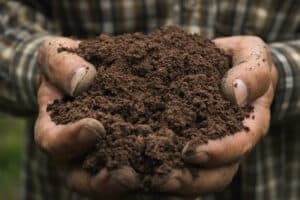
The rhizosphere is the layer of soil around the plant roots where beneficial microbes congregate. To better understand how microbes impact your soil, it’s important to understand soil health, soil quality and their link.
Soil health is the living component of your soil.
Soil quality is the structural component of your soil.
The link between them are the beneficial microbes (fungi and bacteria) and the byproducts they secrete, which can restore soil structure. Think of a diverse soil microbiome as extra hands to help out on your farm. When they’re healthy, they speed up nutrient release rates, improve water holding capacity and restore soil structure.
Soil structure, specifically, is impacted by glues and nets produced by healthy and abundant beneficial microbes. Soil bacteria produce extracellular polymeric substances (EPS), which forms a protective slime around bacteria. Since EPS is sticky, it acts as a glue for soil particles, sticking aggregates together and improving soil structure.
Below ground fungi produce millions of miles of microscopic threads called hyphae. These interconnected hyphae help fungi find resources and tie soil particles together like a net. This, too, improves soil structure.
The easiest way to improve soil health is to apply a product like PhycoTerra to your soil. Our award-winning microalgae formulation feeds microbes, and puts them to work supporting your soil health and crops. This is not exclusive to one type of crop, either. PhycoTerra improves yield potential on crops from barley to winter wheat, and across the globe, from California to Australia.

The phyllosphere is a region around the leaves and above ground tissues of the plants where microbes live. It is one of the most dynamic microbiome spheres compared to rhizo-, spermo-, and detritusphere as it is the only sphere that encounters continuous changes from the environment. This harsh environment makes it difficult for microbes to thrive.
PhycoTerra FX feeds microbes in the phyllosphere which strengthens the microbial community by increasing the abundance (number of microbes) and diversity (different types of microbes) of the leaf microbiome. With a healthy phyllosphere microbiome the plant will benefit from increased nutrient acquisition, resist leaf desiccation and abiotic stress, while increasing overall plant health.
Leverage the Phyllosphere and feeding the microbes on the leaf surface is ideal for crops that may need extra support in a stressful season as healthy and active microbes reduce stress. PhycoTerra FX also promotes higher yield potential. These beneficial microbes are important for reducing abiotic stress, increasing plant health, and supporting overall yield.
Or, you could also consider creating a tank mix for plant health with a product like PhycoTerra FX. Spraying herbicides and fungicides helps protect your plants and PhycoTerra FX is easy to apply and mixes well with both. By adding microalgae you can also help reduce abiotic stress relief. This can make a big difference for your new crops, especially if they’re experiencing a particularly dry year.
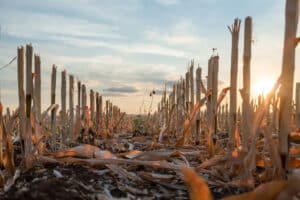
No grower is eager to deal with crop residue – it’s just part of the job. While many growers use tillage or burn crop residue to prepare for the next season’s planting, there is a better way to reduce your crop residue.
A new and innovative way to manage crop residue is to feed your soil microbes. This helps decompose your post-harvest residue. For this residue to break down you’ll need moisture, temperature, and an active, healthy microbiome.
Applying PhycoTerra post harvest feeds and activates beneficial microbes, at a time when there is a “food desert”, little to no food source, high UV and heat stress. Microbes are key for going to work breaking down residue. We’ve found growers save an average $31 to $56 per acre using this method between warmer soil at planting, NPK release, tillage savings, and reduced tillage carbon credit.
Even extra hard to break down crop residue, like corn stalks and winter wheat stubble are reduced with this method.
NOTE: Residue Management data and ROI numbers have been updated based on new data and pricing.
Before you buy all the microalgae products you can get your hands on, conduct a soil test first. A comprehensive soil test will help you see where your soil may be lacking, plus the soil’s microbial diversity, activity and volume of microbes.
You should also consider working with a trusted crop adviser, who can guide you through what products may be needed to improve your soil. Be sure to ask them about PhycoTerra and explore our products to determine which one is right for your farm’s needs.
Investing in a new product may feel like an extra cost to your farm’s budget. Yet, microalgae can provide a significant ROI if you consider the cost-benefit ratio over the long-term. Microalgae has multiple increased revenue streams and cost savings opportunities.
First, higher crop yield potential often translates to higher profits per acre. You’ll be making more off the same acres you’ve always been farming.
Microalgae applications improve soil health significantly, leading to stronger, more resilient crops that can better withstand environmental stresses and pests. Healthy soil is also able to retain water better than unhealthy soils, making your crops more drought resilient.
Over the long run, this saves growers labor and fuel costs, and reduces field passes.
Last, for growers who do employ sustainable practices like these may qualify for government or private sustainability incentives like grants and subsidies.

In 2008, we believed microalgae was going to be the future of farming. Today, we’re more sure than ever that microalgae helps farmers achieve sustainable growth while maintaining soil health.
While we’ve been working on creating the best microalgae products possible for years, we know this is only the beginning. The promise shown by microalgae, particularly through products like PhycoTerra, highlights the path forward for enhancing soil health and increasing crop yield potential. It’s the solution we’ve been looking for to meet the growing demand for food globally, address soil depletion and improve crop resilience toward extreme weather patterns.
Sustainably maintaining soil quality and productivity is the link to more resilient crops with higher yield potential. Microalgae can help us get there.
Want to learn more about PhycoTerra products and ask an expert questions pertaining specifically to your farm? Fill out a contact form to get started.
Note: All trial data is current as of blog posting. For the most up to date trail data, please visit our trials page.